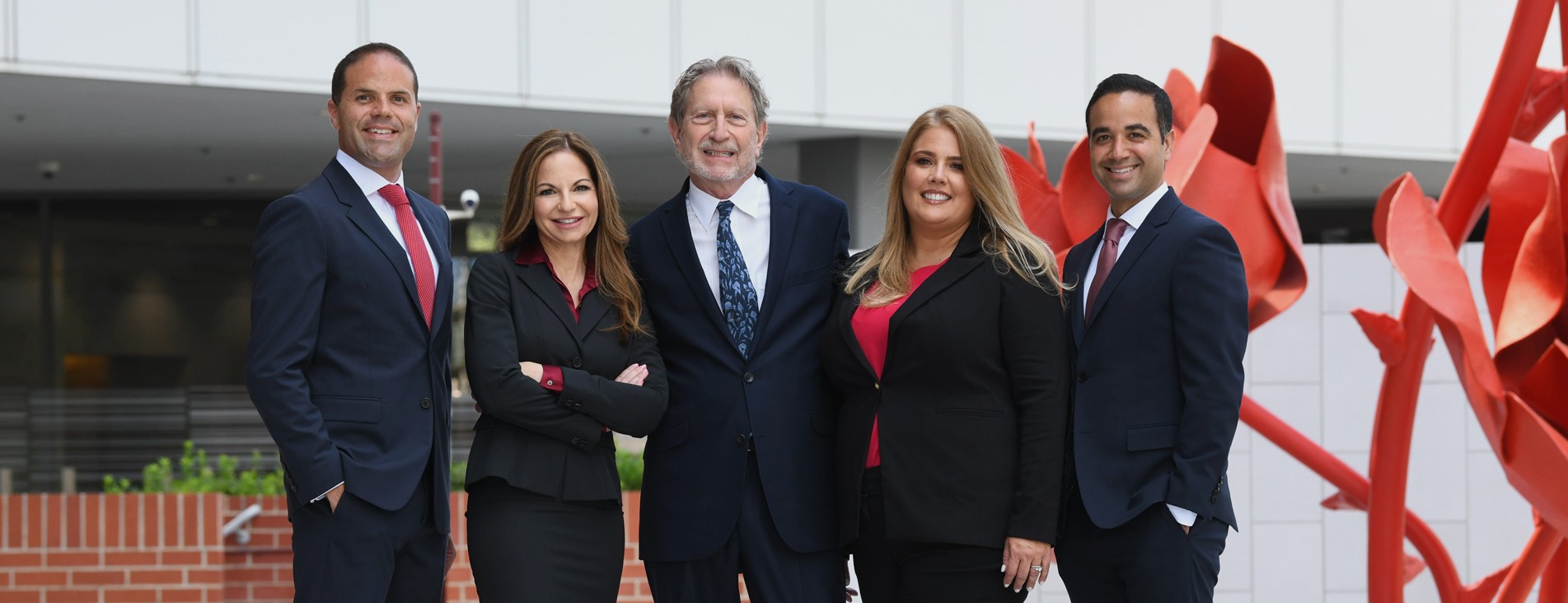When COVID-19 arrived in the U.S. in early 2020, it was hard to fathom how much it would impact our lives. In the months since government officials issued the first stay-at-home orders, nearly every facet of our lives has been altered — including the time we spend driving.
Not surprisingly, less traffic has led to a decrease in crashes on our roadways. In fact, COVID-19 has helped reduce fatal car accident rates more than any other event in our nation’s history.
COVID-19’s Escalating Impact on California Residents
The coronavirus has led to more than 16,000 deaths and over 1.2 million total cases reported in Los Angeles County alone.
At the statewide level, California officials mandated various closures and stay-at-home orders to limit the sweep of this potentially deadly virus. The following is a brief timeline showing ways Californians were affected by COVID-19’s progression throughout 2020:
- Jan. 25 — The first California case is confirmed.
- Feb. 6 — The first U.S. COVID-19 death occurs in California.
- Feb. 21 — California-based conferences are canceled.
- Mar. 11 — Gov. Newsome recommends limiting gathering size, and the World Health Organization (WHO) declares COVID-19 a pandemic.
- Mar. 12 — Disneyland closes California parks, and most pro and collegiate sports leagues cancel their seasons.
- Mar. 13 — Schools shutter throughout the state.
- Mar. 16 — Restaurants are limited to carryout orders — gyms and theaters close.
- Mar. 19 — State residents are ordered to shelter in place.
- Mar. 23 — Parks and beaches close but reopen on May 13.
- June 12 — Some counties are allowed to open restaurants, gyms, bars, and other establishments, only to close again on July 13.
- July 17 — Public schools are ordered to engage in distance learning for the fall term.
- Nov. 16 — Non-essential businesses are ordered to shut down. California residents are required to wear face masks outside their homes.
- Nov. 21 — Gov. Newsome enacts a statewide curfew.
Each new travel-limiting proclamation led to more people staying home and fewer drivers on the road.
Fewer Car Accidents in Los Angeles
As working from home, virtual learning, and online social gatherings became the norm, the time people spent operating their vehicles plummeted. But does this drop translate to an increase in safety on our California roads?
According to data compiled by the California Department of Transportation (Caltrans), it actually does. Caltrans juxtaposed statewide traffic accidents for each month in 2020 to the corresponding month in 2019. Across the board, the year-over-year accident rate decreased each month in 2020.
How COVID-19’s Impact on Car Accident Compares to Other Historical Events
Natural disasters, like hurricanes and fires, typically result in fewer fatal car crashes; however, the COVID-19 impact on car accidents was even more substantial. Here’s how it compares to some other notable events in history:
- Hurricane Sandy (2012) — Traffic fatalities dropped 11%
- California wildfires (2018) — Traffic fatalities dropped4%
- Hurricane Harvey (2017) — Traffic fatalities dropped8%
- Hurricane Irene (2011) — Traffic fatalities dropped 21%
- COVID-19 pandemic — California traffic fatalities in particular dropped nearly 50%
L.A.’s Open Roads Lead to Faster Speeds
These statistics are good news for drivers and their occupants; however, officials warn motorists to stay alert.
With fewer cars and less congestion on the roads, average speeds increase. According to a Reuters report published on the heels of the first statewide lockdowns, L.A. city drivers encountered rush-hour traffic that hummed along at average speeds 75% faster than usual.
Bumper-to-bumper traffic congestion that once triggered stress and frustration may have actually been saving lives. Slow-speed accidents, like the fender benders so common in stop-and-go traffic, usually result in—at worst—minor injuries.
At higher speeds, the potential for being involved in a severe or even fatal accident increases considerably.
Other Risky Behaviors on L.A.’s Roadways
Additional factors directly or indirectly related to COVID-19 may have also impacted car accident rates. For example, the National Highway Traffic Safety Administration (NHTSA) noted disturbing nationwide driving trends that developed in the wake of the pandemic.
Though fewer in number, the drivers who took to the roads were more likely to engage in risky behavior, including:
- Failing to wear seat belts
- Driving faster than the posted speed limit
- Operating a vehicle while under the influence of alcohol or other drugs
Therefore, despite these decreased accident figures, circumstances persist on L.A. roadways that can still endanger the lives of you and your loved ones.
What You Should Expect as Motorists Return to the Roads
California’s stay-at-home order and other pandemic-related restrictions continue being lifted as the COVID-19 vaccine rolls out statewide.
So, what does this mean for L.A.-area traffic?
As businesses reopen, scores of commuters, shoppers, and pleasure-seekers will again fill our roadways. As post-pandemic life returns to normal and more vehicles return to the streets, car accident rates will again, unfortunately, be on the rise.
Call Jacoby & Meyers if You’re in a Car Accident in Los Angeles
If you or a loved one are injured in a crash, call a qualified Los Angeles car accident lawyer at Jacoby and Meyers.
When you partner with Jacoby and Meyers, you can rest assured that you are in capable hands. Our team of experts will fight for you and won’t stop until you get the compensation you deserve. Call our compassionate and dedicated professionals for a free consultation today at (888) 522-6291.
Call or text 866-559-7223 or complete a Free Case Evaluation form







